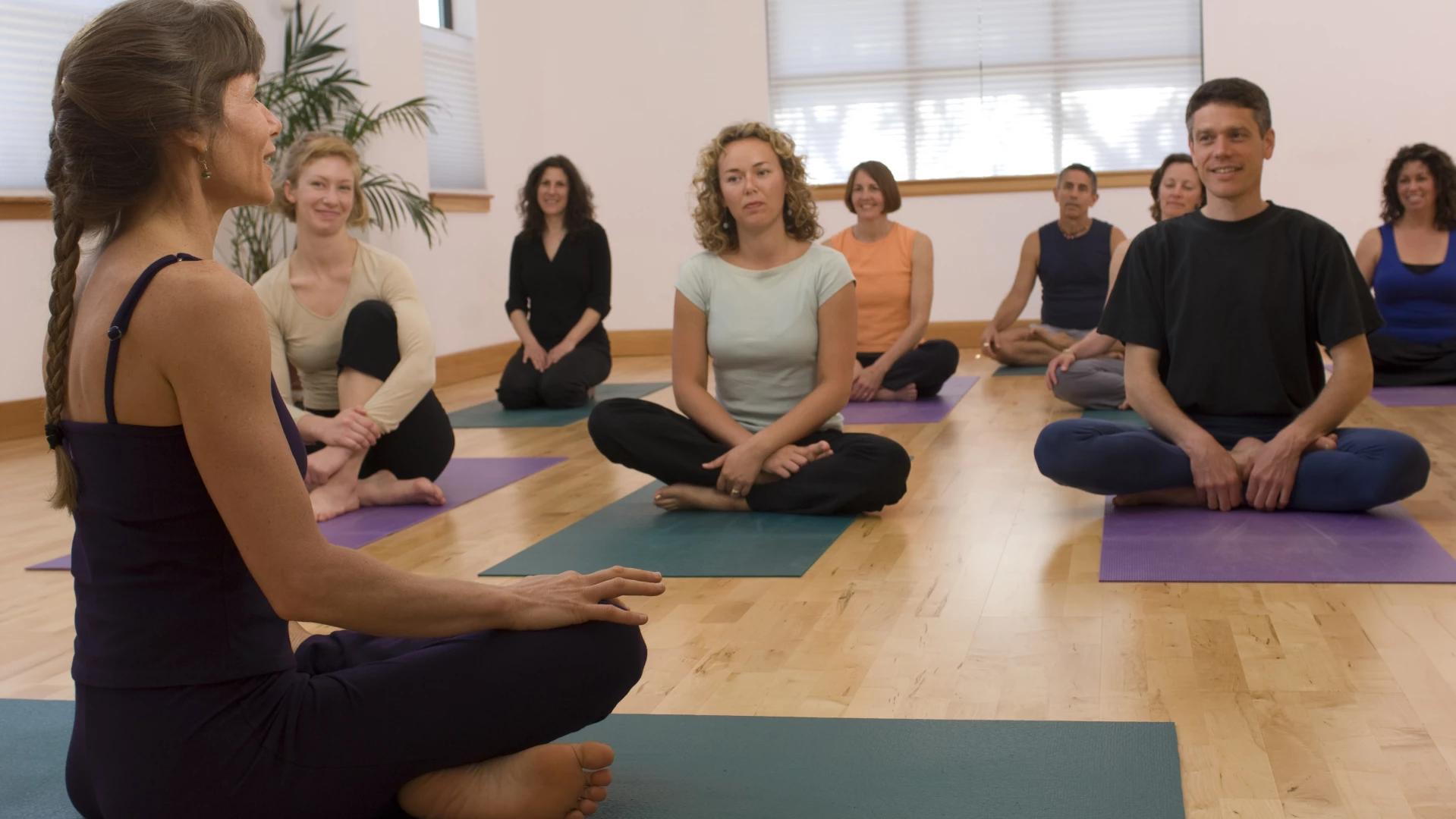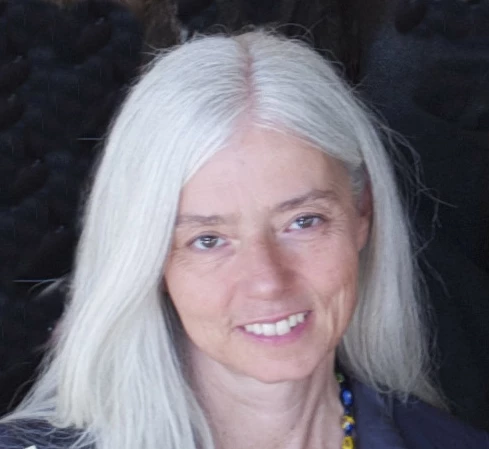Living Gracefully With the Financial Challenges of Teaching Yoga

If you’re like me, you probably decided to teach yoga because of your desire to share the practice you cherish. Back in 1982 when I made the decision to pursue training to teach, the economy and the yoga community was much different from today. There were far fewer yoga teachers. Teacher training often consisted of working closely with a teacher, or a few teachers, over a period of years. I also “apprenticed” in the classes my teachers taught, observing and adjusting students when necessary.
I began teaching yoga in 1986 and have taught continuously since then. For the first 11 years of my teaching career I had either a full-time job or later, a part-time job. When I left my job managing publications for a private school in 1997, I decided to take a leap of faith and not look for another job outside of yoga teaching.
Over the span of more than a decade, my classes had become stable and consistent—certainly not huge by today’s standards. But my classes were as large as I wanted them to be, 15 to 25 students, a size I find manageable that allows me to spend time with each person. And as an independent teacher, I was not giving most of the class income to a studio. After reconciling my budget with my income, I decided the risk of not taking on another job was one I could manage.
Over the next 11 years, my teaching income paid my bills and allowed me to take one or two workshops and retreats each year. It was enough for the simple life I lead.
Yoga Boom Spells Doom?
Then came the yoga boom. You might think that an experienced, well-established teacher would only benefit from the exponentially increased interest in yoga. But this was not the case. With the increased interest in yoga came an influx of studios—a leap I could never afford to make. Gyms began offering yoga as part of their membership packages. With the studios came quick trainings that unleashed hundreds of new teachers into the community. The yoga these teachers offer—fast-paced, sweaty, flow classes—appeals far more to the mainstream than my more traditional, meditative, Iyengar-based classes.
I’m immeasurably grateful for the loyalty of my students, most of whom have been coming to class from five to 20 or more years. But when some of these students inevitably moved away or experienced a change in home or work situations that prevented them from coming to class, they were no longer being replaced by new students, who now sought low-priced gym classes or the convenience, community and cachet of studio classes. Over three years, my classes dwindled to the point where there was barely anything left after expenses.
I felt humiliated at having to look for part-time work after a decade of being able to support myself teaching yoga. I was humiliated every time I heard about novice teachers filling a studio to capacity and proceeding to injure people. I felt like a complete failure. I thought about going back to school, but when I did the numbers I realized I’d be paying off my debt into my 70s. Not an option. Without a financial safety net I had no other choice but to look for work.
I resisted looking for work for as long as I could, and spent more than a year feeling utterly defeated. My grief at my perceived failure as a yoga teacher—despite my decades-long dedication to practice—was overwhelming at times. I so love teaching and the small community that has formed around my classes that I didn’t want to quit, but I felt boxed in. My practical nature dictated that I look for work. If I found part-time work, I could continue teaching. If full-time work was all that was available, I would entertain the possibility of quitting teaching altogether, kicking and screaming all the way.
The Freedom of Employment
Much to my surprise, reentering the world of employment was a multifaceted blessing. I landed a job as part-time administrator for All Saints Episcopal Church, a very progressive church in Salt Lake City. The rector and associate rector at All Saints are profoundly spiritual people, and the conversations we had on a regular basis were the most enlightening I’d had in years. Not only did I benefit from associating with such wise and compassionate people, simply having a job to do that wasn’t all about me and my business woes was very refreshing. Having a predictable income was a huge relief. A year later, my longtime friends at Hugger Mugger Yoga Products invited me to manage their blog part time, and I have enjoyed working there since then.
Now that my financial well-being was no longer dependent on how many people came to class, I could relax and enjoy my classes more. And guess what? More students started showing up. The ironic turnaround point was in the beginning of 2011 when I had to leave the place I’d been teaching for 25 years so that they could start an extensive remodel. At first I was petrified. Then I realized—and accepted—that if I didn’t find a space that met my requirements, it was really okay. Perhaps I was meant to take a hiatus from teaching and just focus on practice. That’s what it’s about, after all.
Yogic Wisdom: The Renewal of Letting Go
Within a week of coming to peace—and even being happy—with this idea, a yoga student told me of a space. It was not just any space, but the perfect space. It is a beautiful, sustainable building, only five blocks from my previous space, with plenty of room for prop storage. With the beautiful, new space, came a new energy for teaching.
In retrospect, I think the most important thing that renewed my teaching and classes was being willing to let it all go—willingly and with positive acceptance. Clinging to being a yoga teacher is no healthier than clinging to any other identity we make up for ourselves. For now, it seems I am still meant to teach, and I’m grateful for this. I’m grateful for all I’ve learned from my small sangha, and glad that it remains modest, casual and welcoming.
Teaching yoga is not an easy way to make a living, especially now with so many new teachers entering the world of teaching every day. Teaching requires commitment, patience and a willingness to keep your day job, maybe throughout your teaching career. But for those of us who stick with it, it is incomparably rewarding, and its only gotten more so as the years pass and my own practice has softened and deepened.
Another article about teaching yoga from YogaUOnline and writer, Kathryn Boland – Teaching Yoga: Venturing Off the Beaten Path.
Another inspiring article from special contributor, Charlotte Bell and YogaUOnline – The Power of Simple: Why I Teach Old-School Yoga.
Reprinted with permission from Hugger Mugger Yoga Products
 Charlotte Bell began practicing yoga in 1982 and began teaching in 1986. She was certified by B.K.S. Iyengar in 1989 following a trip to Pune. In 1986, she began practicing Insight Meditation with her mentors Pujari and Abhilasha Keays. Her asana classes blend mindfulness with physical movement. Charlotte writes a column for Catalyst Magazine and serves as editor for Yoga U Online. She is the author of two books: Mindful Yoga, Mindful Life and Yoga for Meditators, both published by Rodmell Press. She also edits Hugger Mugger Yoga Products¹ blog and is a founding board member for GreenTREE Yoga, a non-profit that brings yoga to underserved populations. A lifelong musician, she plays oboe and English horn in the Salt Lake Symphony and the folk sextet Red Rock Rondo whose 2010 PBS music special won two Emmys.
Charlotte Bell began practicing yoga in 1982 and began teaching in 1986. She was certified by B.K.S. Iyengar in 1989 following a trip to Pune. In 1986, she began practicing Insight Meditation with her mentors Pujari and Abhilasha Keays. Her asana classes blend mindfulness with physical movement. Charlotte writes a column for Catalyst Magazine and serves as editor for Yoga U Online. She is the author of two books: Mindful Yoga, Mindful Life and Yoga for Meditators, both published by Rodmell Press. She also edits Hugger Mugger Yoga Products¹ blog and is a founding board member for GreenTREE Yoga, a non-profit that brings yoga to underserved populations. A lifelong musician, she plays oboe and English horn in the Salt Lake Symphony and the folk sextet Red Rock Rondo whose 2010 PBS music special won two Emmys.



